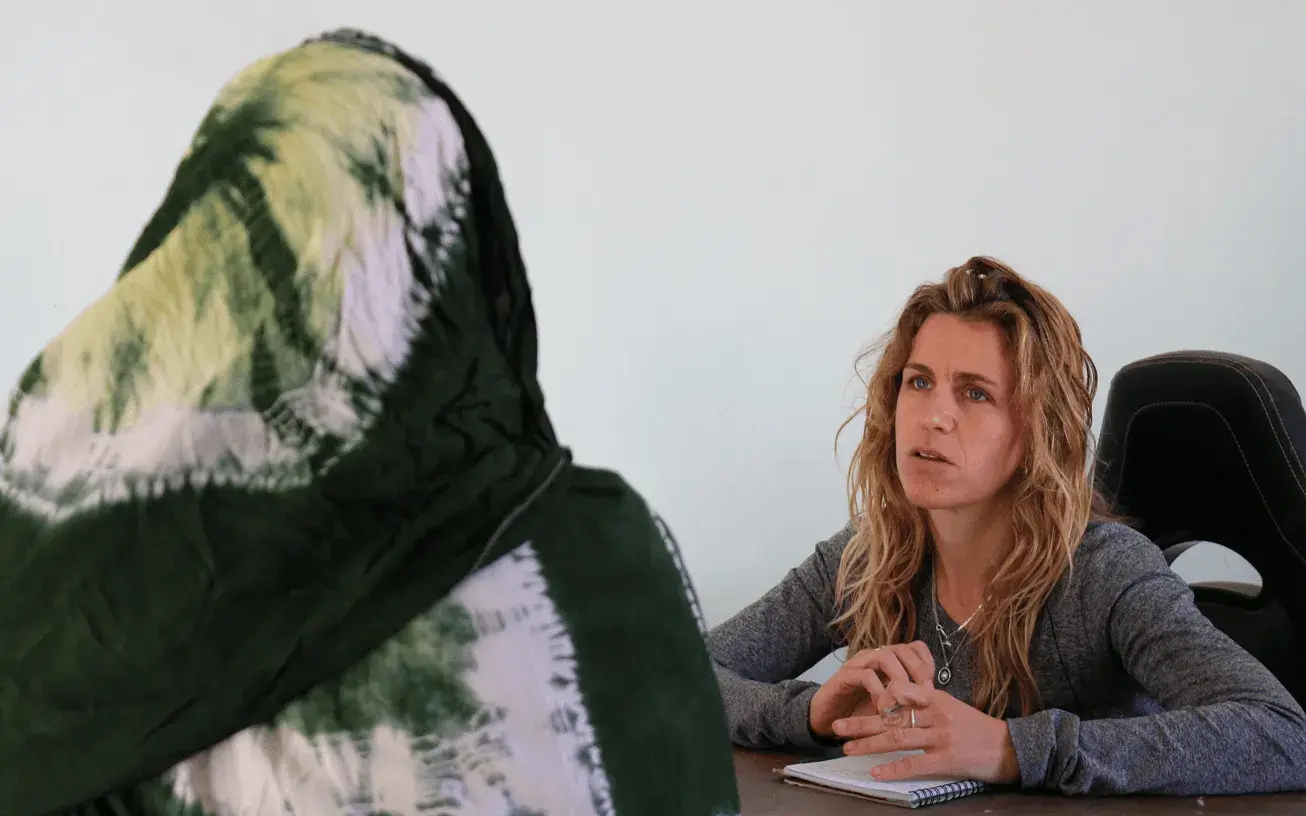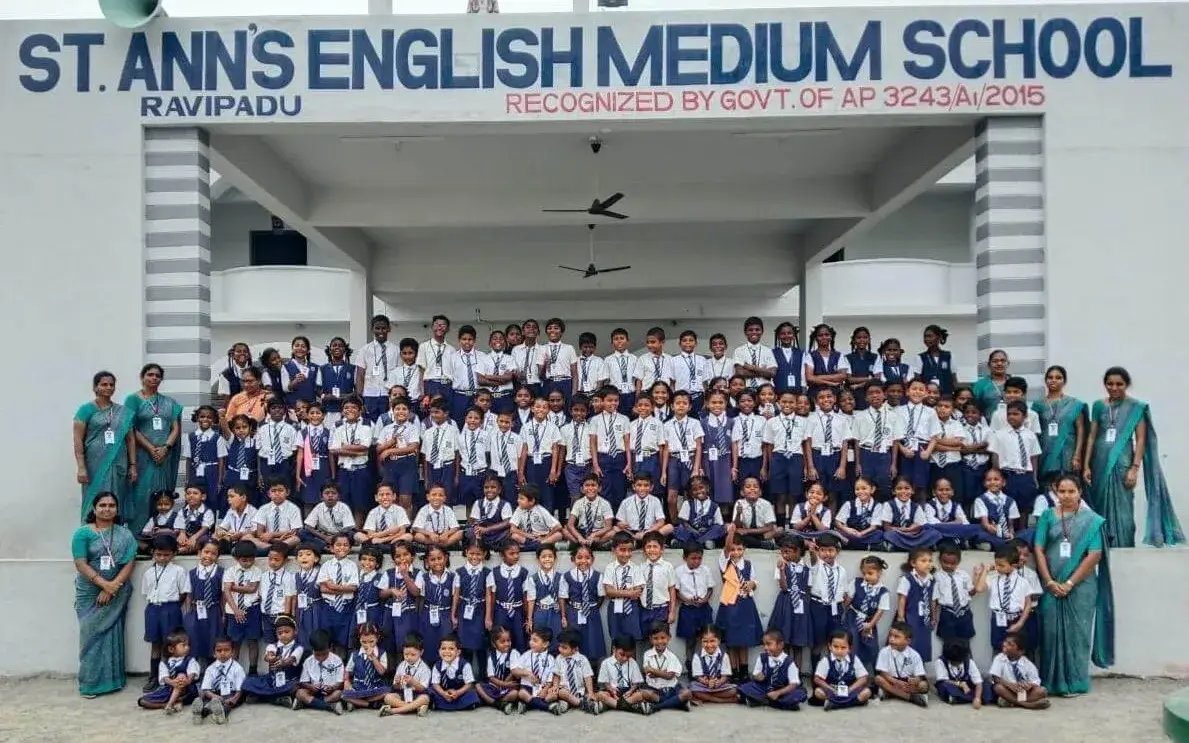Monsoon rains have caused up to 1,200 deaths and the injury of thousands of people in Southeast Asia.
The monsoon is a variation in the wind system, especially in areas of the Indian Ocean and Southeast Asia, causing rainfall of various intensities, which can sometimes have negative consequences. Over the last few weeks, the media focused on the damage caused by hurricane Harvey in the United States, but other natural disasters have been occurring in the background. It is the case of floods taking place in three Asian countries, India, Bangladesh and Nepal, currently amounting to 1.200 victims, plus several hundred thousand persons affected by monsoon rains.
NGOs have already described these floods as the worst in recent decades. The Bangladesh Red Cross, through their official spokesperson in statements for BBC, has described them as the worst in 40 years. According to information from the UN, in Nepal, which is still recovering from the earthquake in April 2015, these floods have been the worst in the decade and 150 people have lost their lives.
The Coordinadora d’ONGD from Spain (state network of organizations and social platforms working in the field of development) has warned that one of the reasons behind such extreme natural phenomena is climate change. In a statement, they explain that “the impact is more serious when these phenomena occur in countries with infrastructures that do not meet the minimum conditions needed to withstand them”. Different organizations, such as Plan International, are already working in the affected areas to help the many families that have had to move to temporary shelters.
The country showing the worst data is India, which, according to the country’s Ministry of the Interior, counts 850 dead in six states, including Bihar and Uttar Pradesh. In Bangladesh, with the help of UNICEF, the Government is providing almost 280,000 water purification tablets, more than 500 hygiene kits and 1935 water cans for 4,250 affected persons.
Coordinadora has highlighted a fundamental aspect that must not be forgotten in the face of these catastrophes: prevention. In addition, they have pointed out international cooperation as a relevant factor that can help increase cooperation funds for countries with difficulties and guarantees practical solutions for emergency situations, such as those occurring during the months of rainfall in Southeast Asia.









Add new comment